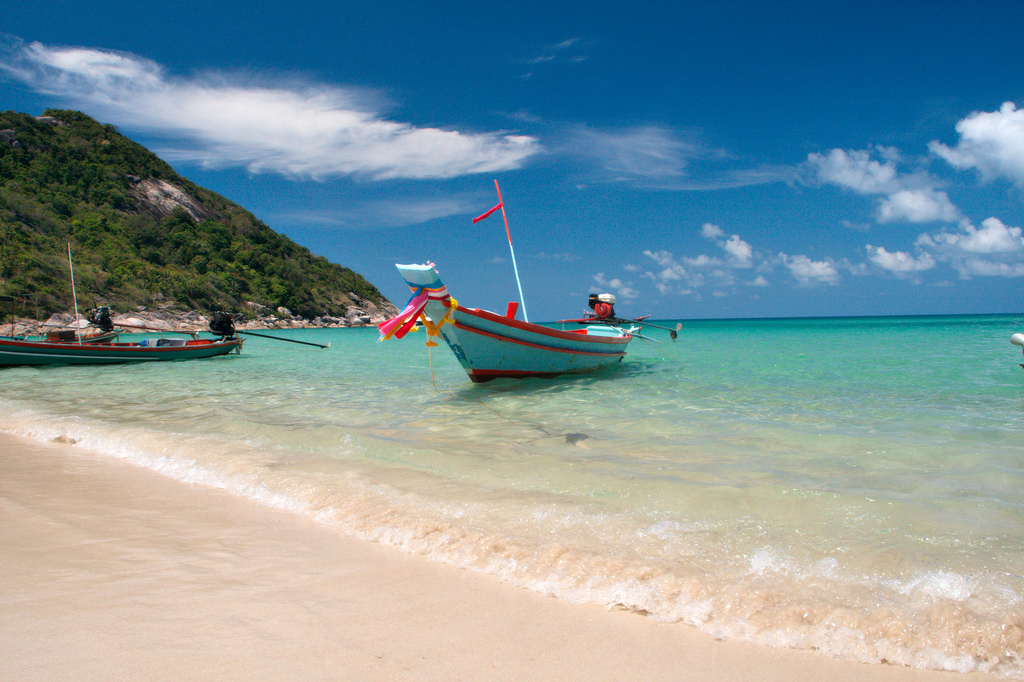
You might also like:
U.S. travelers are the top spenders on travel in the Asia-Pacific region, having spent some $231.6 billion there in 2015, and it appears their lead position will remain the status quo for the foreseeable future.
That’s according to a report from the Pacific Asia Travel Association, which analyzes international travel and tourism trends in the Asia-Pacific region. It projects that U.S. travelers will spend more than $257 billion in the region by 2020, taking 28.1 percent market share. Compare that to Chinese travelers, the world’s largest outbound market, that spent about $60 billion on travel in Asia-Pacific in 2015 and will spend about $72 billion by 2020 and account for nearly eight percent market share.
Considering American travelers’ Dollars go further in 2016 in most parts of the world compared to recent years, it’s no wonder they’re spending more abroad. But it’s Chinese travelers’ lowball spending in proximate destinations to China that’s notable, especially since their market share of spending in Asia-Pacific is forecast to decrease each year through 2020 .
Mario Hardy, CEO of Pacific Asia Travel Association, said Chinese travelers are typically allotted more vacation time than Americans, for example. The way they travel and spending their priorities during trips, however, contrast with how Americans explore the region.
“Chinese travelers travel more frequently and typically for shorter period of times,” said Hardy. “Therefore on a per day average, they are probably spending less. They’re also mostly traveling on all-inclusive package tours contrary to Americans who are typically more experienced travelers, book their own flights, their own hotels and their own activities. Chinese travelers will also maybe splash out a bit more on a good meal and a fancier restaurant.”
A separate report from Fung Business Intelligence Centre and China Luxury Advisors project overall Chinese outbound travel spend will reach $422 billion per year by 2020, suggesting that most Chinese outbound spending takes place outside Asia-Pacific.
As a region, the America’s tourist receipts in Asia-Pacific will see the smallest annual growth rate through 2020 (less than two percent) while Southeast Asia will see the largest growth rate (12.1 percent.)
“Singaporeans, for example, have lots of disposable income and like to travel in style…other countries in are also experiencing the same,” said Hardy.



Source: skift.com
